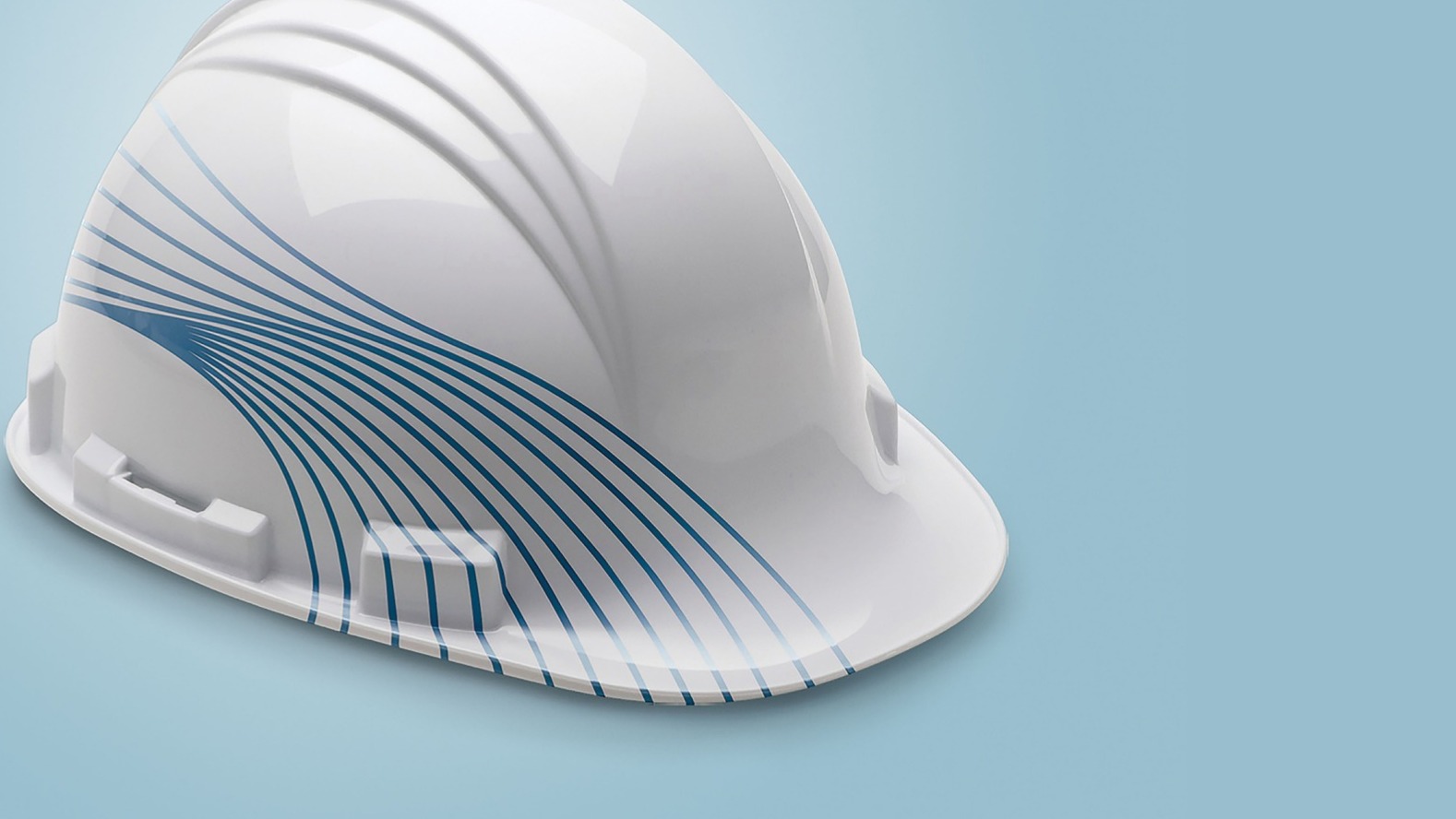
Insulating High-Rise Buildings
Insulating High-Rise Buildings: Challenges and solutions for insulating tall buildings
Introduction
Thermal Bridging
Tall buildings have a large surface area, and the structural elements such as beams, columns, and concrete slabs can create thermal bridging, allowing heat to bypass the insulation. Solutions include:
- Using thermal breaks or insulation materials with low thermal conductivity around structural elements.
- Applying continuous insulation layers to minimize thermal bridging.
Wind Loads and Air Infiltration
High-rise buildings are exposed to strong wind forces, which can cause air infiltration through gaps in the building envelope. This can lead to energy loss and reduced indoor comfort. Solutions include:
- Installing an airtight building envelope through proper sealing of joints, windows, and doors.
- Implementing pressure-equalized rain screen systems that allow ventilation while preventing air infiltration.
Fire Safety Regulations
High-rise buildings often have stringent fire safety regulations, including fire resistance requirements for insulation materials. Solutions include:
- Using fire-resistant insulation materials that meet local fire safety codes and regulations.
- Applying fire barriers or coatings to enhance the fire resistance of insulation systems.
Moisture Management
Moisture can penetrate the building envelope, leading to insulation degradation, mold growth, and reduced thermal performance. Solutions include:
- Installing vapor barriers and moisture control layers to prevent moisture ingress.
- Implementing proper drainage and ventilation systems to manage moisture effectively.
Accessibility and Logistics
Insulating tall buildings can be challenging due to limited access, working at heights, and logistical considerations. Solutions include:
- Employing specialized equipment such as cranes, scaffolding, and lifts to facilitate installation and maintenance.
- Developing a comprehensive plan for material delivery, storage, and waste management.
Acoustic Performance
High-rise buildings are often exposed to external noise sources, requiring insulation systems that provide effective soundproofing. Solutions include:
- Using insulation materials with excellent sound absorption properties.
- Incorporating double-glazed windows, acoustic seals, and sound barriers to minimize noise transmission.
Energy Efficiency and Sustainability
Insulating tall buildings is crucial for optimizing energy efficiency and reducing carbon emissions. Solutions include:
- Utilizing high-performance insulation materials with high R-values.
- Implementing energy-efficient HVAC systems and smart building controls.
- Utilizing green energy resources, like solar panels.
Building Movement and Flexibility
Tall buildings are subject to dynamic forces, including wind-induced movement and structural vibrations. Solutions include:
- Using flexible insulation systems that can accommodate building movement without compromising performance.
- Conducting structural analysis to ensure insulation materials can withstand building vibrations.